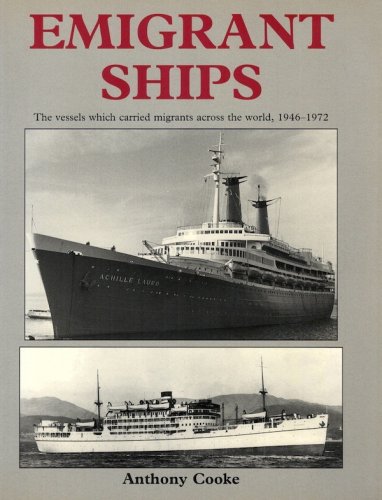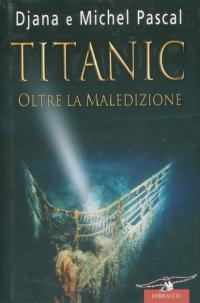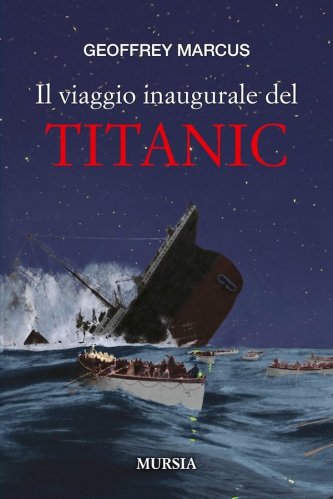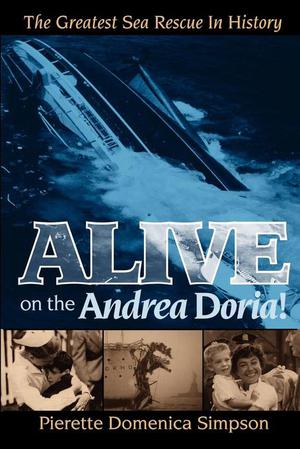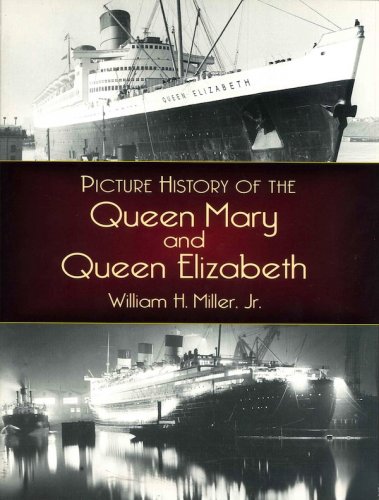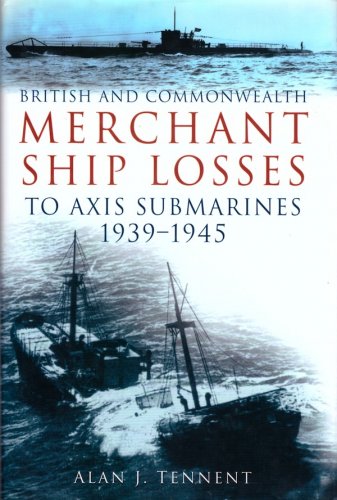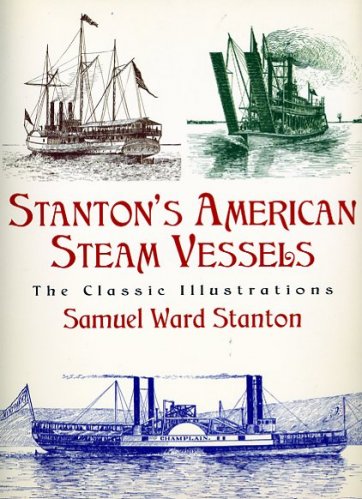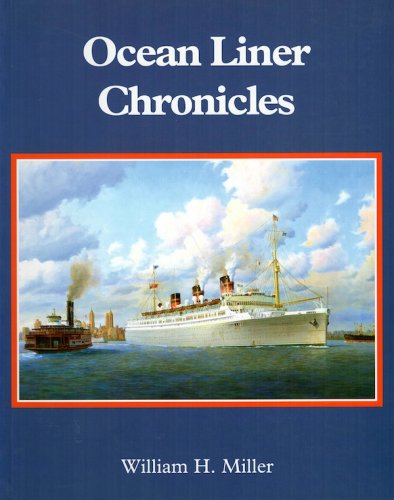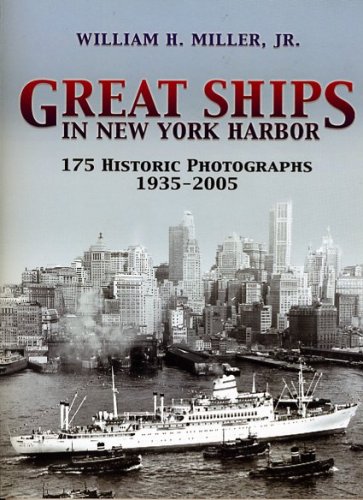Emigrant ships
the vessels which carried migrants across the world 1946-1972
Emigrant ships
the vessels which carried migrants across the world 1946-1972
- Non disponibile, richiedi informazioni sulla disponibilità
- Possibilità di reso entro 10 giorni lavorativi
- Transazione sicura con carta di credito, Paypal o bonifico bancario
- Spedizione tracciata con SDA
Well illustrated book at the many liners which carried migrants across the world in the period 1946 to 1972. Following World War II, millions of emigrants came to Australia; the majority of these came by ship, but from the 1960s jet passenger aircraft began to carry migrants and in December 1977 the Chandris Line's Australis arrived with the last assisted migrants to come by ship. Following the war, the pattern of migration changed with the number of non-British migrants increasing dramatically. In addition to the suggestion by the Australian Department of Immigration that non-British migrants would be acceptable, in 1947 the Australian government signed an agreement with the International Refugee Organisation accepting 12,000 displaced people a year. This number would grow. To cope with these vast numbers of people, a large number of ships, some of which might otherwise have been scrapped following war service, were recruited as emigrant ships. Passenger conditions changed at this time too, due to the greatly increased numbers. Dormitories came to the fore again with men housed separately from the women and children: families were separated for the first time on the emigrant ships. This in itself was cause enough for strained relations aboard ship. However there was plenty of food, particularly for people who had suffered war-time and post-war rationing. There was variety too in the food supplied, and second helpings were often taken. Again there were careful medical examinations at Fremantle before the ships moved on to the other ports. The immediate post-war ships had virtually no refurbishment whatsoever; passengers were 'asked to sign a statement that they are aware of the conditions of austerity.' The British Ministry of Transport in the effort to transport as many migrants as quickly as possible, gathered together whatever pre-war liners it could; their passenger capacity was generally bumped up. Ill-proportioned and inelegant as some of these ships were, they carried thousands of migrants safely to new lives in Australia.If the dormitory conditions were austere, the lavish food and the attempted gracefulness of the large dining rooms, attempted to make up for it. By 1957 the Ministry of Transport ships were no longer: the shipping lines had built new vessels and P&O, Orient as well as foreign lines were now carrying the migrants. European migrant numbers began to ease off, but the British continued to come in large numbers. When the first rush of post-war emigrants was over, and as new vessels were placed back on the Europe to Australia run, the dormitory conditions, which had served that first urgent need, became a thing of the past: tourist class accommodation became the norm. The Sitmar Line became the main carrier from 1955, and in 1970 the Greek line Chandris took over this role. Under long-term contracts with the Australian government, both shipping lines operated one class air-conditioned vessels. When the Italian shipping line Sitmar was awarded the contract there had been consternation among British shipping lines. From the late 1970s emigrant shipping was no more: in Australia, migrants now arrived by aircraft - Dopo la seconda guerra mondiale, milioni di emigranti arrivarono in Australia; la maggior parte di questi veniva via nave, ma dagli anni '60 gli aerei passeggeri a reazione iniziarono a trasportare i migranti e nel dicembre 1977 gli australiani della Chandris Line arrivarono con gli ultimi migranti assistiti che venivano via nave. Dopo la guerra, il modello di migrazione è cambiato con un numero di migranti non britannici aumentato drammaticamente. Nel 1947 il governo australiano firmò un accordo con l'Organizzazione internazionale dei rifugiati che accettava 12.000 sfollati all'anno. Per far fronte a questo vasto numero di persone, un gran numero di navi, alcune delle quali, invece di essere demolite, furono reclutate come navi emigranti. le condizioni dei passeggeri non erano delle migliori, a causa del numero notevolmente aumentato. I dormitori avevano uomini alloggiati separatamente da donne e bambini. Ricordiamo che le famiglie sono state separate per la prima volta sulle navi emigranti. Questo di per sé era motivo sufficiente per relazioni tese a bordo della nave. Tuttavia, c'era cibo in abbondanza, in particolare per le persone che avevano subito il razionamento della guerra e del dopoguerra. Le navi del dopoguerra non ebbero praticamente alcun miglioramento e i passeggeri furono “invitati a firmare una dichiarazione di essere a conoscenza delle condizioni di austerità”.Comunque malgrado le pessime condizioni di vita, queste navi portarono in salvo migliaia di migranti verso nuove vite in Australia. La Sitmar Line divenne la principale compagnia aerea dal 1955 e nel 1970, quindi subentrò nel suo ruolo, la linea greca Chandris. Dalla fine degli anni '70 il trasporto di emigranti non esisteva più per l’Australia: i migranti ora arrivavano in aereo.

